Optimal Timing for Land Surveyings
Surveyings are essential for accurately mapping land, structures, and features. The timing of survey activities can significantly impact accuracy, efficiency, and cost. Various factors such as weather conditions, seasonal changes, and project deadlines influence the ideal time to conduct surveyings.
Spring offers moderate weather and longer daylight hours, making it suitable for detailed land and construction surveys. However, early spring may have residual moisture affecting soil stability.
Autumn features cooler temperatures and less vegetation, improving visibility. Falling leaves and early frost can impact certain survey methods, but it remains a viable period for accurate data collection.
Winter can limit survey activities due to snow, ice, and cold temperatures. However, in regions with mild winters, it may be advantageous for projects needing minimal foliage interference.
Weather plays a crucial role in survey timing. Clear, dry days are ideal for most survey types, while rain, snow, or high winds can hinder data collection and reduce accuracy.

Ways to make Surveyings work in tight or awkward layouts.
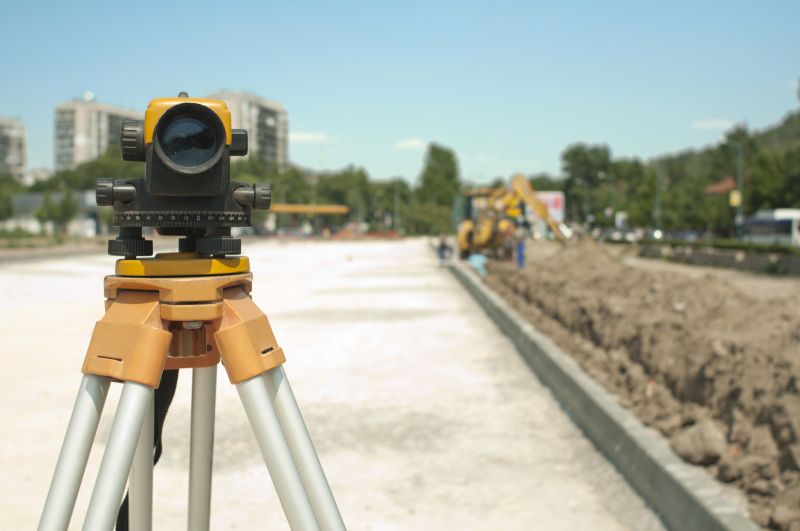
Popular materials for Surveyings and why they hold up over time.

Simple add-ons that improve Surveyings without blowing the budget.

High-end options that actually feel worth it for Surveyings.

Finishes and colors that play nicely with Surveyings.

Little measurements that prevent headaches on Surveyings day.
| Season | Best Conditions |
|---|---|
| Spring | Moderate temperatures, longer daylight, but potential moisture issues |
| Summer | Stable weather, longer days, but risk of thunderstorms |
| Autumn | Cooler temperatures, less vegetation, but falling leaves |
| Winter | Limited by snow and cold, suitable in mild climates |
Surveyings are conducted using advanced technology such as GPS, total stations, and LiDAR to ensure precise measurements. Accurate survey data supports planning, construction, and land management projects. The timing of survey activities can influence the quality of data collected, with optimal conditions providing clearer visibility, stable ground, and minimal environmental interference.
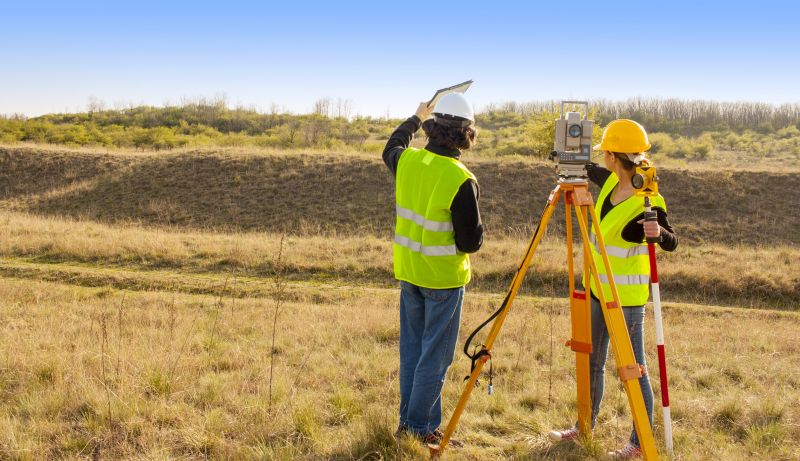
A 60-second routine that keeps Surveyings looking new.
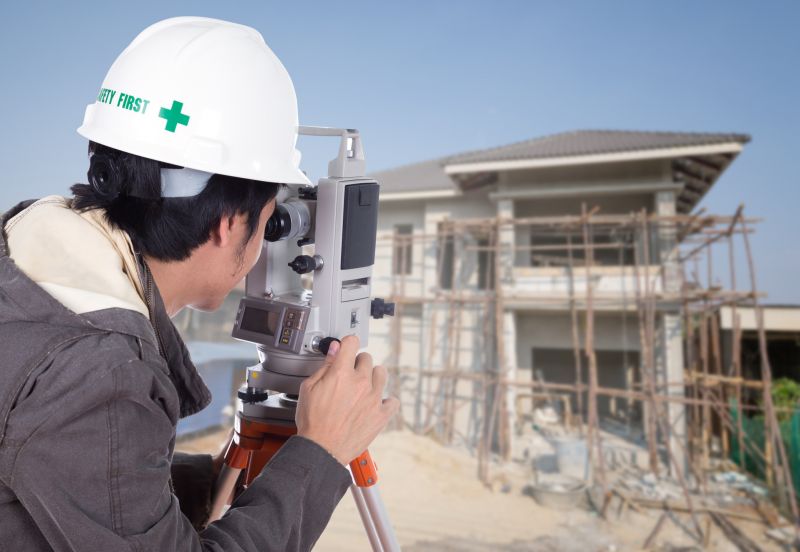
A frequent mistake in Surveyings and how to dodge it.

Small tweaks to make Surveyings safer and easier to use.

Lower-waste or water-saving choices for Surveyings.
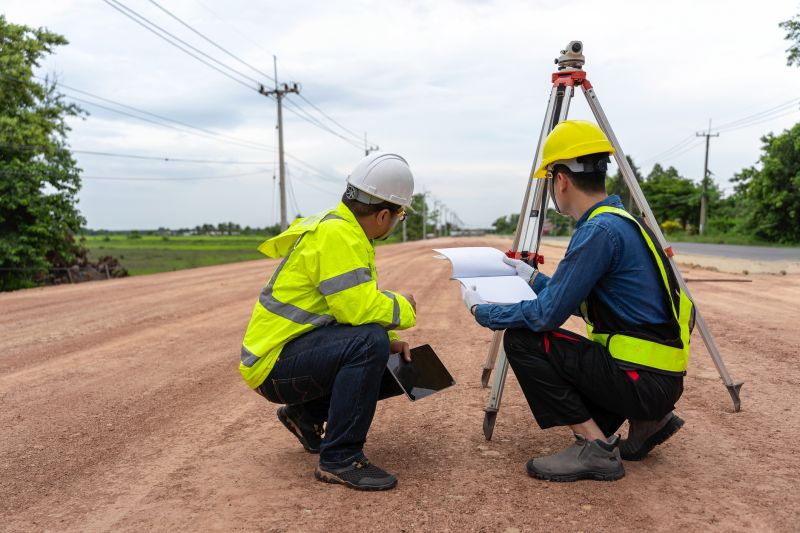
The short, realistic tool list for quality Surveyings.
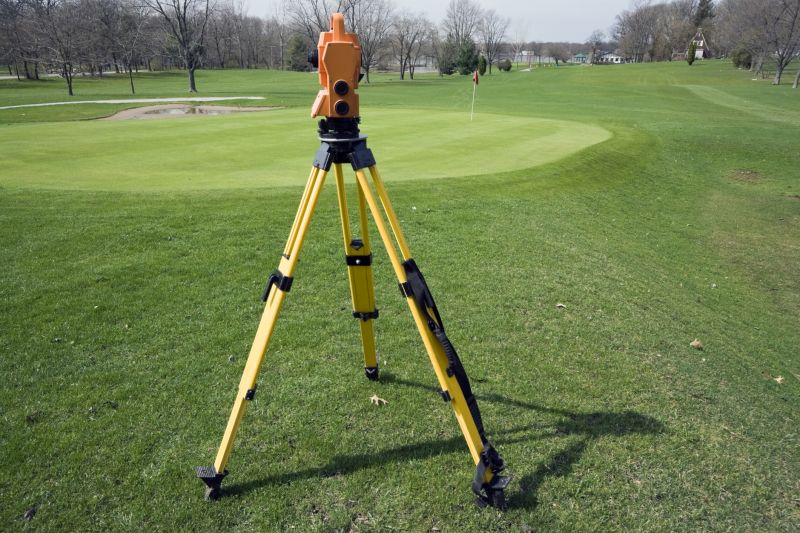
Rough timing from prep to clean-up for Surveyings.
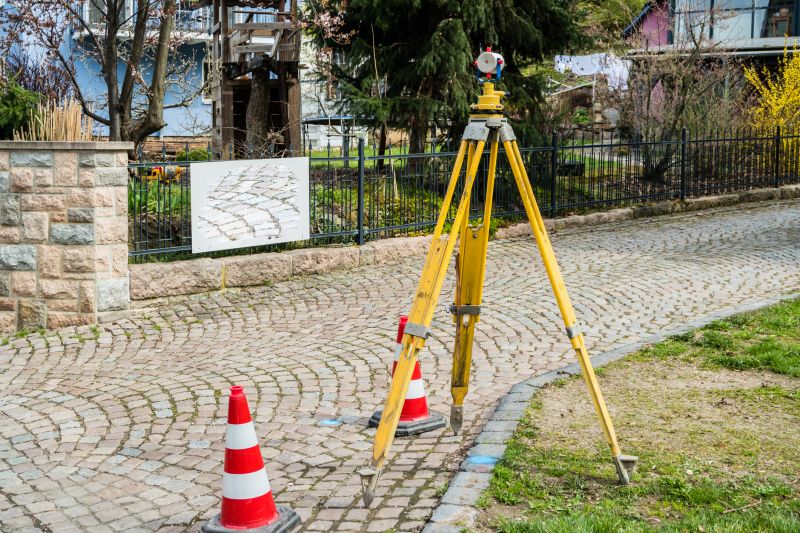
Quick checks and paperwork to keep after Surveyings.
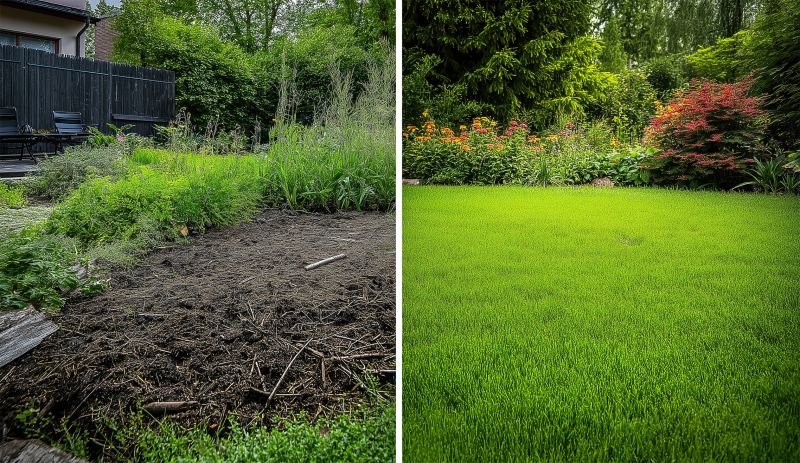
Examples that show the impact a good Surveyings can make.
Interested parties are encouraged to contact for more information about scheduling surveyings. Proper timing ensures the highest accuracy and efficiency for each project, leading to better planning and execution.
